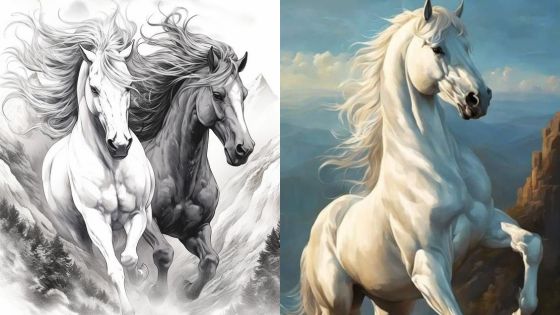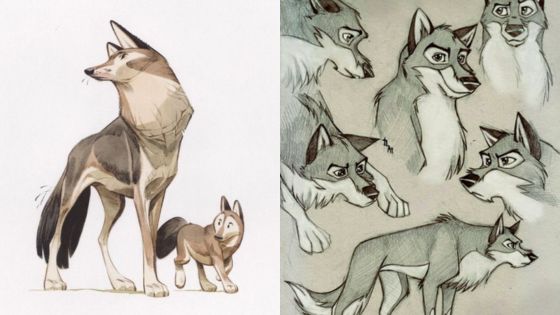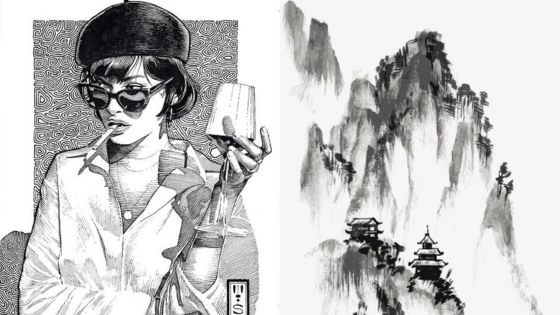Drawing eyes can be one of the most challenging yet rewarding aspects of illustration. Mastering the nuances of eye anatomy and shading techniques can elevate an artist’s work, allowing them to capture emotions and depth with precision. From understanding the basic structure to applying finishing touches, every step contributes to creating lifelike eyes.
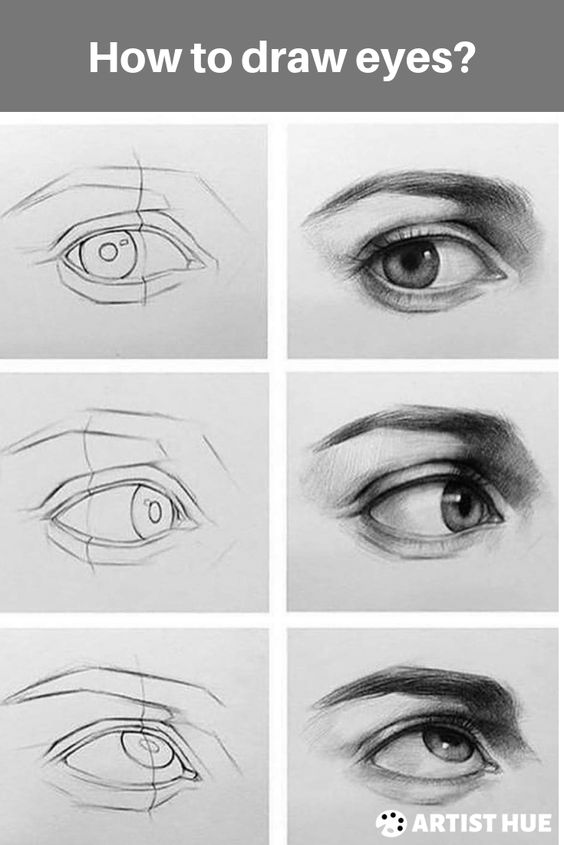
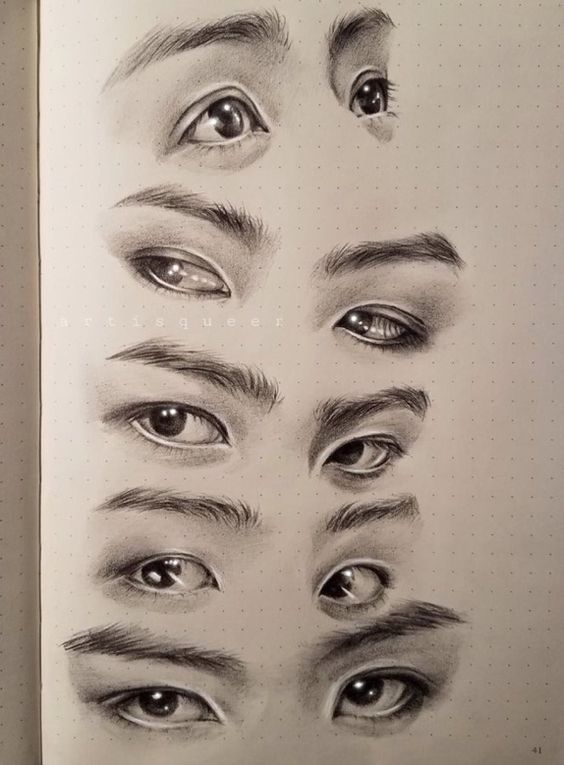
Artists often struggle with getting the eyes just right, but with the right materials and techniques, anyone can improve their skills. The journey involves practice and experimentation, providing opportunities for growth and refinement. Those dedicated to learning will find that each eye they draw brings them closer to their artistic goals.
Key Takeaways
- Knowledge of eye anatomy enhances drawing accuracy.
- Effective shading adds realism to eye illustrations.
- Regular practice leads to noticeable improvement in drawing skills.
Materials and Tools
Selecting the right materials and tools is crucial for achieving quality in drawing eyes. This includes choosing appropriate paper, various types of pencils, and additional precision tools that enhance techniques.
Choosing the Right Paper
The choice of paper can significantly affect the end result of an eye drawing. Heavier papers, such as 300 gsm or bristol board, provide a sturdy surface that supports multiple layers.
For detailed work, smooth papers are preferred as they allow for more precise lines. Textured options can create interesting backgrounds but may complicate fine details.
Artists often prefer acid-free papers to prevent yellowing and deterioration over time. A good recommendation is a sketchbook with a blend of smooth and mildly textured pages to explore different styles and techniques.
Selecting Pencils and Erasers
The variety of pencils is vast, typically ranging from 2H to 8B. Hard pencils like 2H provide fine lines, suitable for detailed sketches. Softer pencils, like 6B, allow for rich shading, adding depth to the drawing.
Using a mechanical pencil can offer consistent lines and precision. Having a mix of both provides versatility in techniques.
Kneaded erasers are ideal for lifting graphite without damaging the paper. They can be shaped to target specific areas, crucial for refining highlights in the eye.
Additional Tools for Precision
Precision tools enhance the drawing process. A blending stump is essential for creating smooth transitions and shading around the eye. It helps to blend graphite effectively without leaving texture.
For fine details, a sharp blade or knife can be used to create sharper edges and highlight areas in an eye.
Using a ruler or compass can aid in maintaining symmetry when drawing together both eyes. Having a variety of tools ensures an artist is well-equipped for any technique required in eye drawing.
Fundamentals of Eye Anatomy
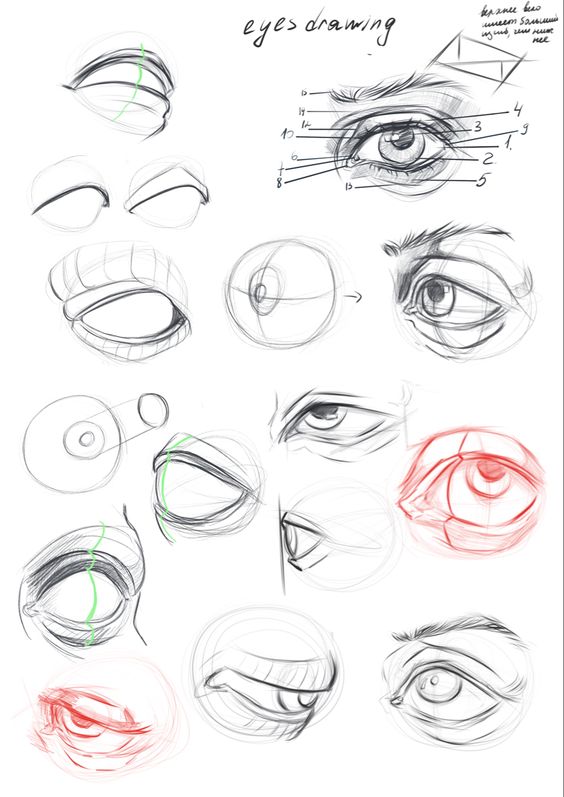
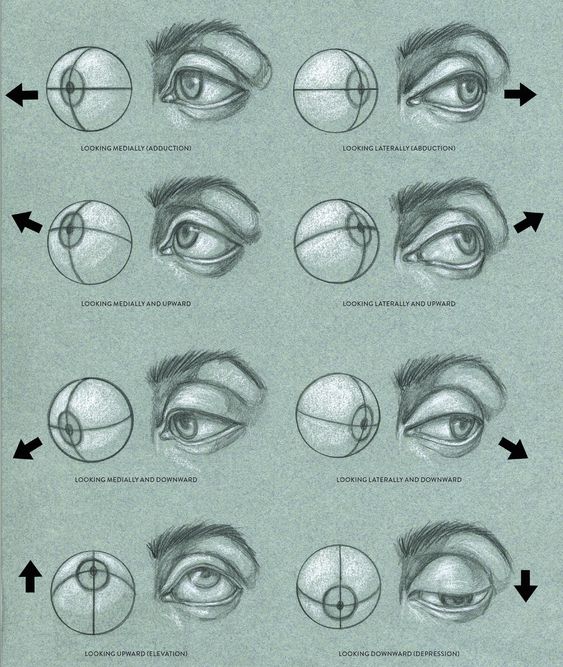
Understanding eye anatomy is essential for accurately capturing the beauty and complexity of human eyes in drawings. Key aspects include eye shape, iris, pupil details, and variations between male and female eyes.
Understanding Eye Shape and Proportions
Eyes come in various shapes, each affecting appearance and expression. Common shapes include:
- Almond-shaped: This shape features a tapered outer corner and a rounded inner corner. It is often seen in many cultures.
- Round: These eyes have a circular form, showcasing more white around the iris.
- Hooded: Characterized by a fold of skin that partially covers the eyelid, affecting the visible area of the eye.
Proportions are crucial in achieving realism. The ideal distance between the eyes is typically one eye’s width, and the eyes sit at the halfway point of the face.
Iris and Pupil Details
The iris is the colored part of the eye and has significant variations. It can be:
- Brown
- Blue
- Green
- Hazel
These colors influence the emotional tone of a drawing. The pupil is typically circular and changes size based on light exposure and emotional responses.
Expressions can be conveyed through the iris and pupil. A dilated pupil, for example, can indicate excitement or attraction, while a constricted pupil might suggest focus or discomfort.
Variations in Male and Female Eyes
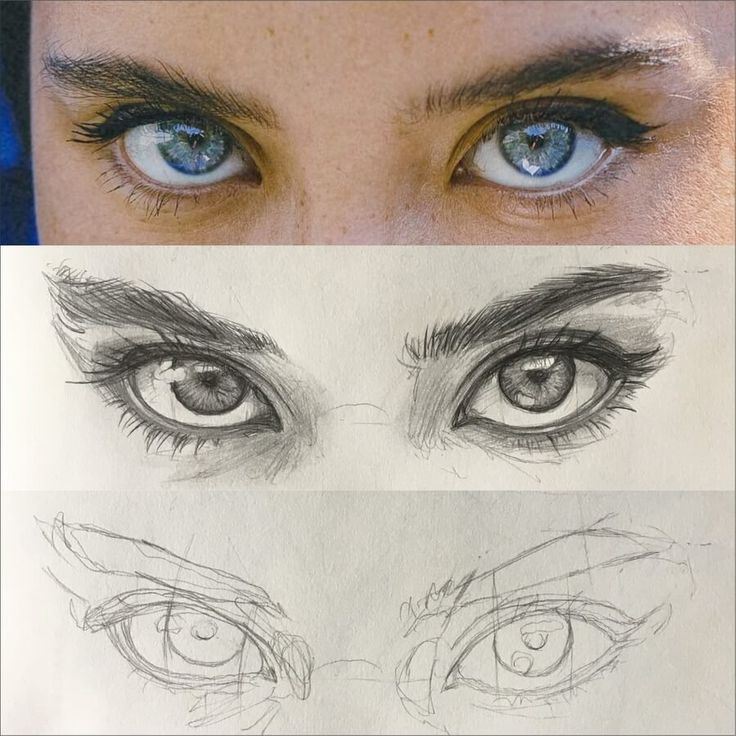
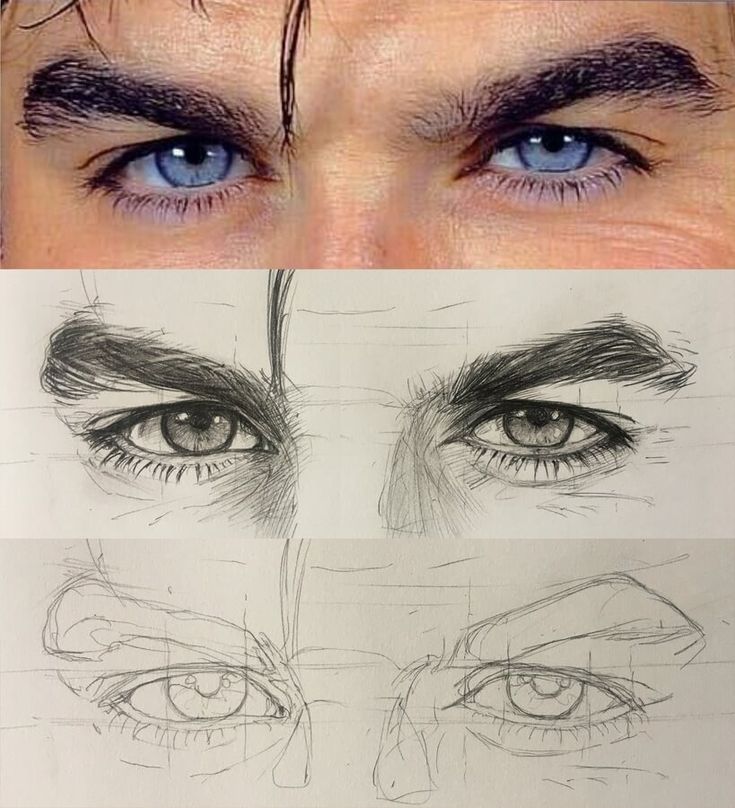
Male and female eyes exhibit distinct characteristics. Generally, male eyes tend to appear:
- Deeper-set
- More angular in shape
In contrast, female eyes often appear:
- Larger
- Rounder, conveying softness and a more open expression
Tear ducts also contribute to the overall appearance. In females, the tear duct area may be more pronounced, enhancing a youthful look. Understanding these nuances aids artists in representing gender effectively in their drawings.
Drawing Techniques

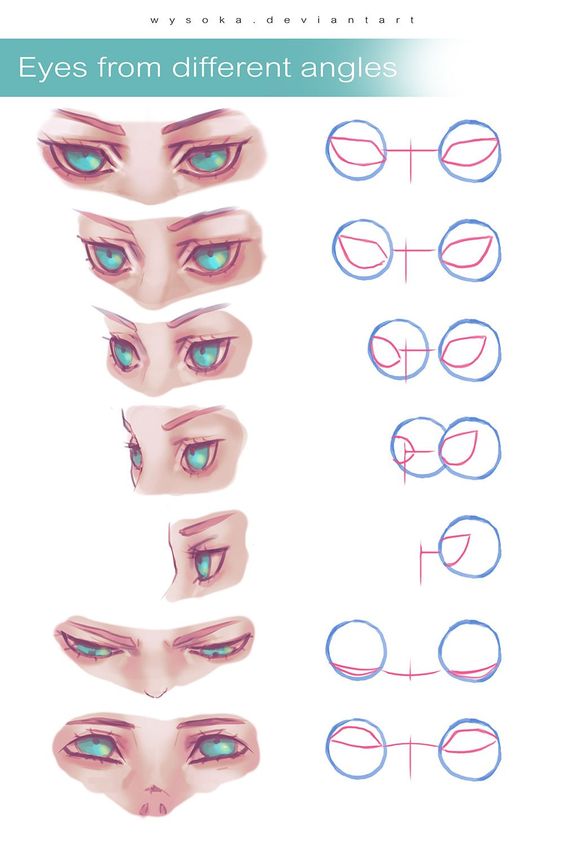
Effective drawing techniques are essential for creating realistic eyes. This involves understanding the foundational shapes, layering methods, and texturing techniques that contribute to achieving depth and lifelike appearance.
Establishing Basic Shapes
Before adding details, it’s crucial to start with basic shapes that outline the eye’s structure. The eye can be viewed as an almond shape. This initial shape helps in maintaining proportion.
Next, sketch a circle inside the almond for the iris, leaving a small circle for the pupil. Use light strokes to define these shapes, allowing for adjustments as needed.
Key points to remember:
- Use an almond shape for the eye.
- Include a circle for the iris and a smaller circle for the pupil.
This foundation sets the stage for further detailing.
Layering and Blending
Layering and blending are vital for transitioning between colors and creating depth in the eye drawing. Start by applying a base layer of color for the iris, using light pressure to build up hues gradually.
Utilizing a gradient technique can enhance the iris’s appearance. She can employ a blending stump to smooth transitions between colors, achieving a more realistic effect. Employing varying pencil pressures allows for different shades and tones.
Tips for effective layering:
- Begin with a light base.
- Gradually darken with additional layers.
- Blend with a stump or tissue for smooth transitions.
These methods contribute significantly to realism.
Creating Realistic Textures
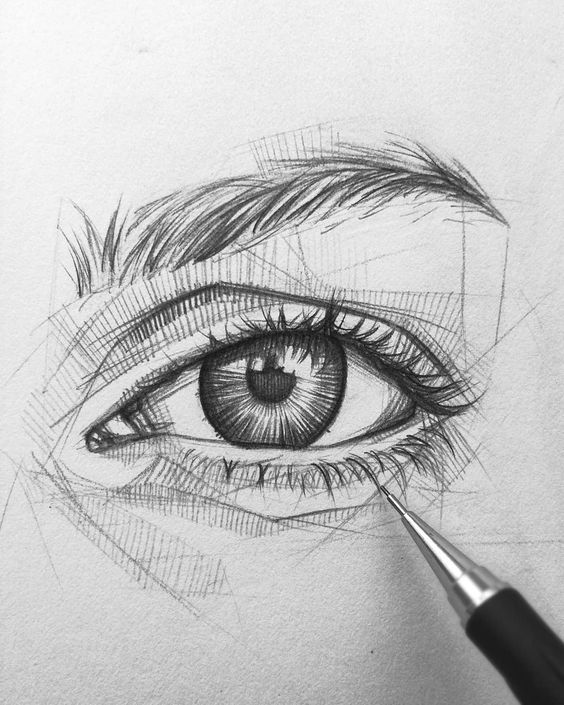
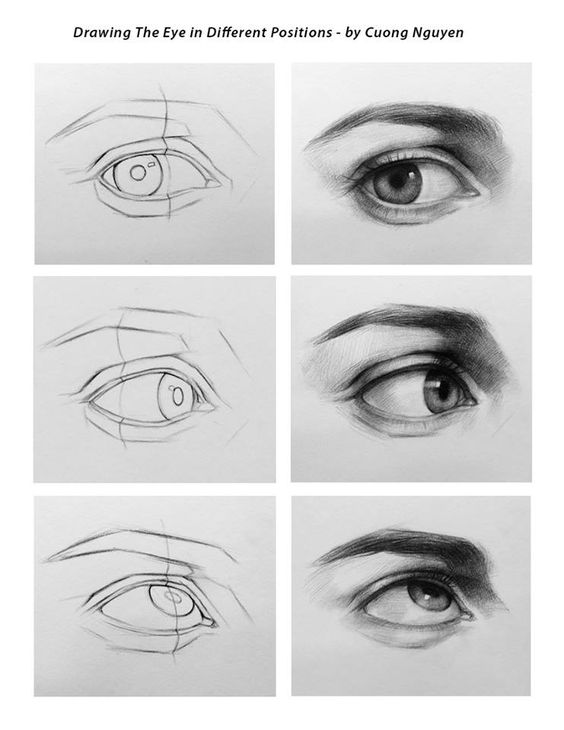
Textures bring eyes to life, requiring attention to individual hairs and highlights. To simulate eyelashes, draw fine, curved lines emanating from the eyelid. Focus on spacing and varying the length for a natural look.
For the iris, incorporate small lines and shapes to suggest texture. Highlights on the pupil and cornea add depth and realism, making the eyes appear glossy and reflective.
Texturing techniques to consider:
- Use short, fine strokes for individual hairs.
- Add highlights with an eraser for light reflection.
- Use layering to create depth in the iris.
These techniques will create a striking, lifelike representation of eyes.
Shading and Shadows
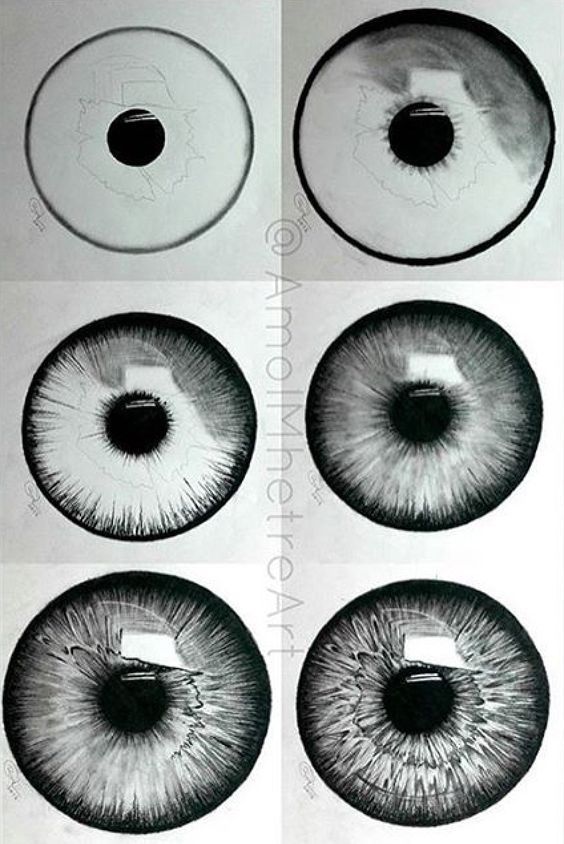
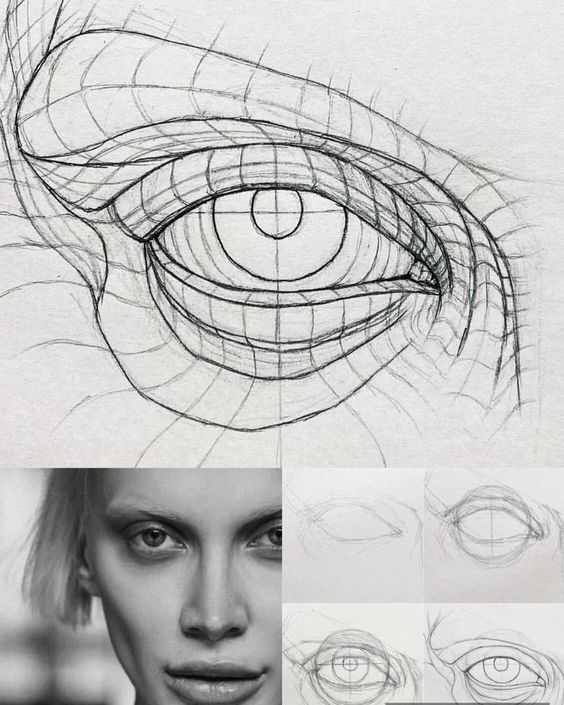
Effective shading and shadowing techniques enhance the realism of eye drawings. They bring depth and dimension, making the iris and pupil appear lifelike. These methods allow artists to create a more vivid representation of the eye.
Shading the Iris and Pupil
When shading the iris, it is essential to capture the intricate patterns and variations in color. Use a base layer of the primary color followed by darker shades to define the texture. A gradient approach is effective; blend lighter tones towards the center and deeper tones along the edges.
For the pupil, it should be shaded darker than the iris to create contrast. Use smooth transitions and avoid harsh lines. Applying a light touch with a blending tool can help achieve a realistic effect, allowing the artist to depict light falling gently on the eye.
Adding Depth with Shadows
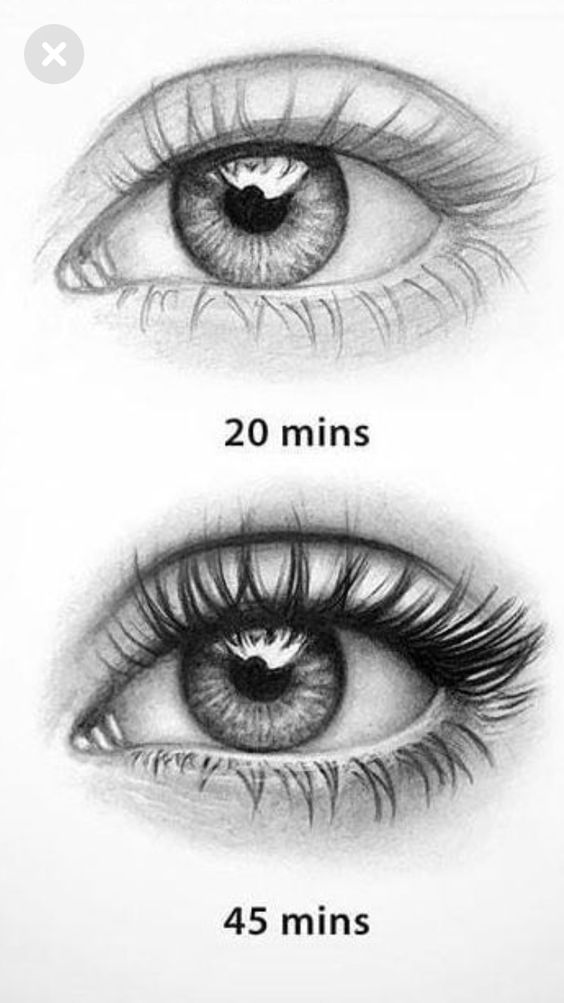

Shadows around the eye contribute significantly to its three-dimensional appearance. They define the space between the eyelid and the eyeball, enhancing the eye’s form. Areas underneath the eyelid typically require darker shadowing to suggest depth and structure.
Additionally, shadows on the skin surrounding the eye help ground the drawing. Use a soft pencil for gradual shading, focusing on where light naturally falls. A careful balance of light and shadow creates a more convincing look, emphasizing the eye’s shape and features.
Rendering Highlights and Reflections
Highlights are crucial in achieving a realistic eye drawing. They represent the reflection of light on the surface of the eye, often found at the top of the iris or on the pupil. Using a white gel pen or a fine brush can effectively create sharp, bright accents.
To enhance realism, the artist should observe how light interacts with the eye in different environments. Placing highlights strategically can elevate the drawing, adding an extra dimension of life to the eye. Varying the intensity and size of reflections can also contribute to a more dynamic and engaging piece.
Details and Finishing Touches
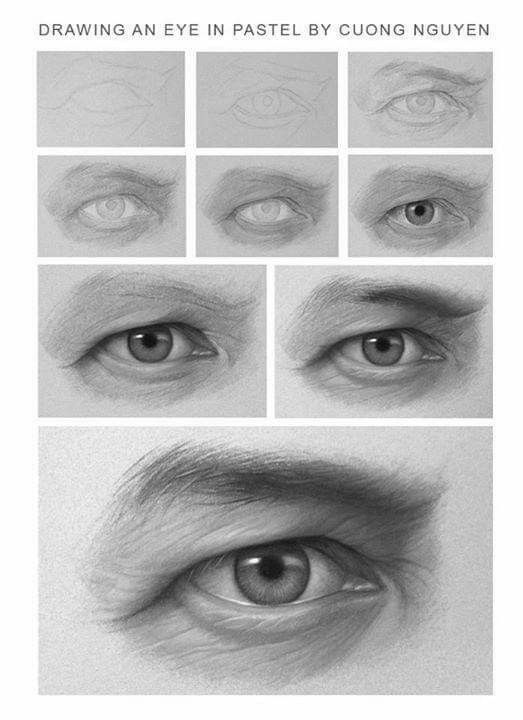
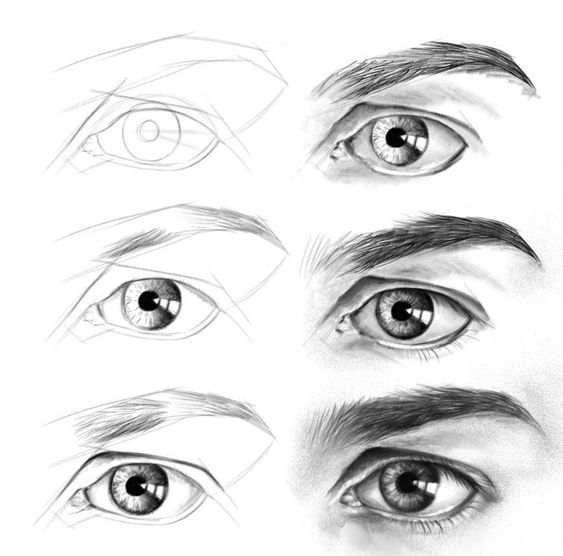
Attention to detail can elevate a simple eye drawing into a realistic representation. Eyelashes, eyebrows, and skin texture play crucial roles in achieving this realism. Fine-tuning these elements enhances the overall appearance and character of the drawn eye.
Drawing Eyelashes and Eyebrows
Eyelashes contribute significantly to the expressiveness of an eye. They should be drawn with varying lengths and thicknesses for a natural look. Starting from the base of the eyelid, he or she should use small, quick strokes that taper off towards the tips.
For eyebrows, establishing the right shape is vital. A well-defined arch can enhance the emotional expression of the eye. The artist should use short, feathery strokes to mimic hair texture, ensuring that the brow’s thickness and curvature are consistent with the character being depicted.
Adding Wrinkles and Skin Texture
Incorporating wrinkles and skin texture adds depth to the drawing. These features indicate age and convey emotion. To depict wrinkles, the artist should use fine lines or shading around the eye and eyelid. This approach enhances the realism by suggesting folds and creases.
Skin texture can be represented through light shading techniques. Using a blending tool can create smooth transitions between shaded areas, mimicking the look of skin. Detailing around the eye area, including subtle shadowing, will give the drawing a more lifelike appearance.
Reviewing the Drawing for Consistency
After completing the details, reviewing the drawing is crucial. Consistency in style and details ensures a cohesive final piece. The artist should examine the eyelashes, eyebrows, and wrinkles for uniformity in thickness, direction, and shading.
Checking proportions and the placement of each element is essential. If any discrepancies are found, they should be adjusted promptly to maintain harmony. This final review process solidifies the drawing’s realism and readability, making it more impactful.
Practice and Improvement
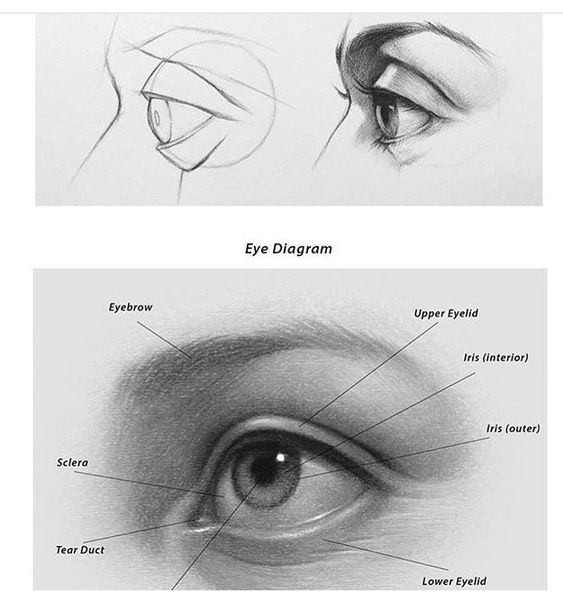
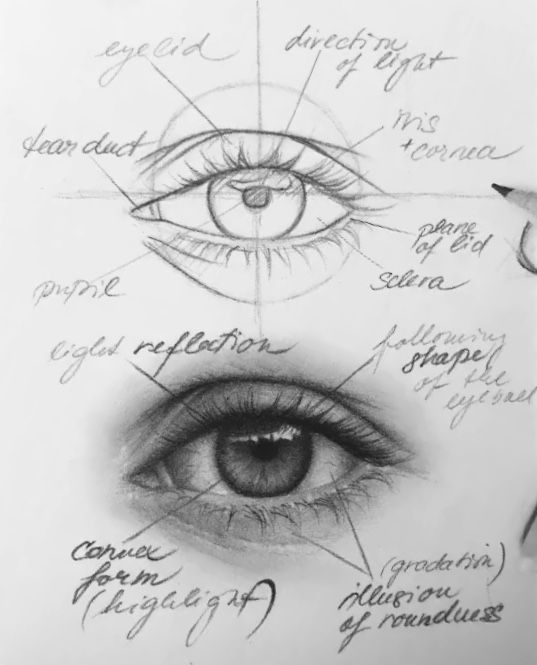
Improvement in drawing eyes relies heavily on consistent practice and the effective use of reference materials. Engaging with various techniques will lead to noticeable advancements over time.
Utilizing Reference Photos
Reference photos are crucial for achieving realism in eye drawing. They provide accurate details such as lighting, texture, and color. A beginner can start by selecting clear, high-resolution images that offer different angles and expressions.
When using reference photos, pay attention to the following elements:
- Shape and Structure: Observe the eye’s outline and proportions.
- Detailing: Focus on the iris, pupil, and eyelids. Note variations in texture and shading.
- Lighting: Identify where highlights and shadows fall, which will enhance depth.
Regularly practicing with reference images helps to build confidence and skill.
Repeat Practice and Iteration Steps
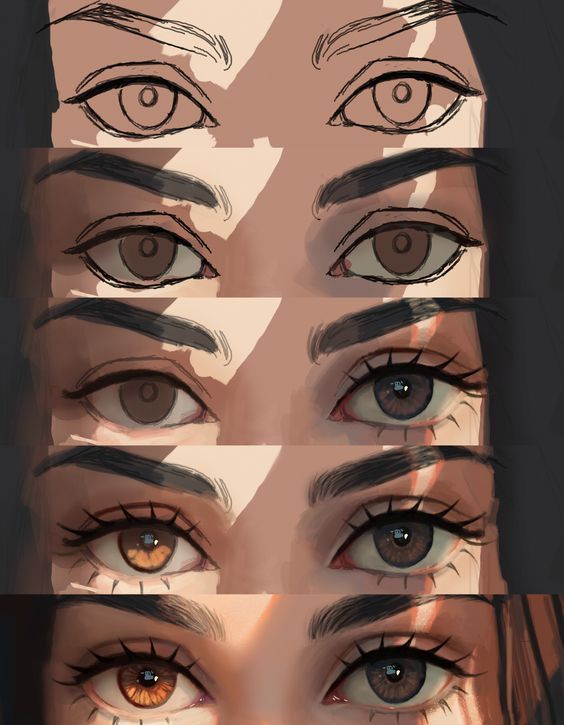
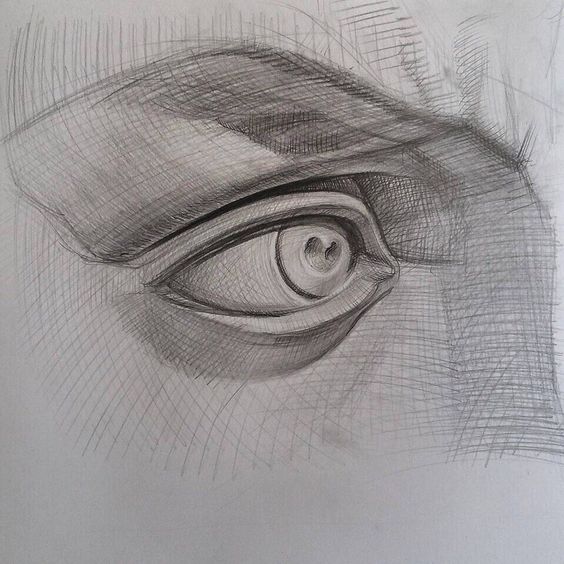
Repetition is key in mastering the drawing of eyes. By iterating through the drawing process multiple times, artists can refine their techniques and correct mistakes. A structured approach involves the following steps:
- Sketch Basic Shapes: Begin with simple forms to outline the eye.
- Add Details: Gradually introduce details such as eyelashes and the iris.
- Shade and Enhance: Apply shading to create depth and realism.
Each iteration allows for the identification of areas for improvement. Beginners should challenge themselves by trying different styles and techniques based on feedback from their own observations or critiques. Regular, focused practice will lead to continuous improvement.
- 2.0Kshares
- Facebook0
- Pinterest2.0K
- Twitter1
- Reddit0
